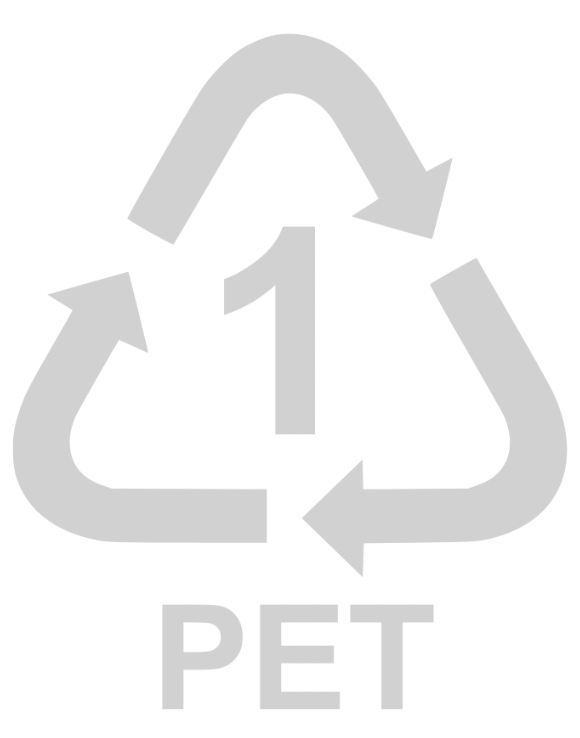We can reduce environmental concerns if we use the right materials. Let us help you find the best option.


RECYCLED
Recycled PET, HDPE and HIPS are popular, cost effective solutions

PLANT BASED
PLA is a plant based bio-polymer that is industry certified compostable
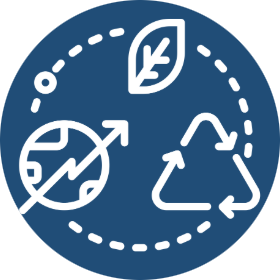
BIO-BLEND
Post consumer recycled resin and bio-based blends offer peak performance and recyclability
Recycled hdpe
High-Density PolyEthylene
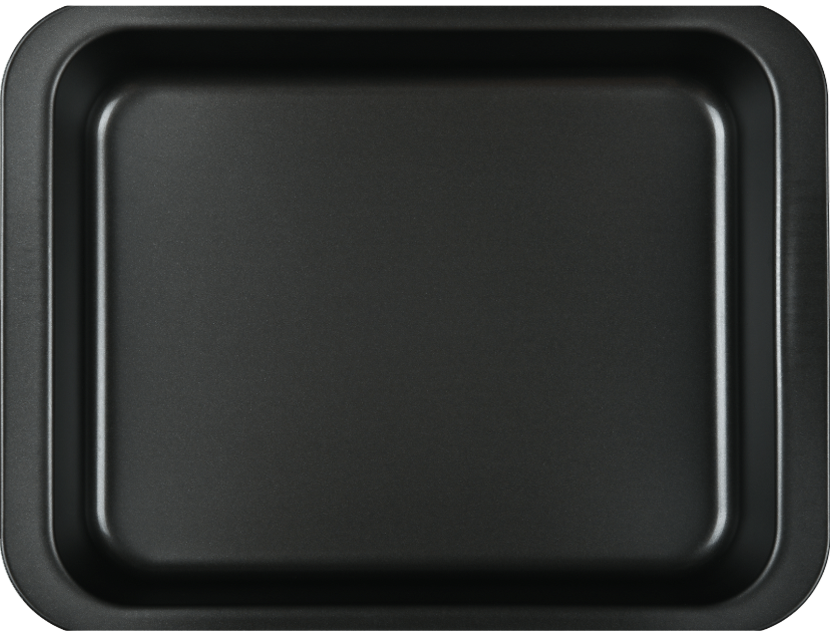
Summary
HDPE offers a durable, cost-effective, and environmentally responsible alternative to virgin resins while maintaining the strength and process capabilities required for high performance thermoformed packaging. With recycled content ranging from 30-100%, HDPE provides high tensile strength, excellent impact resistance, and superior chemical resistance.
Recycled HDPE exhibits outstanding moisture and chemical barrier properties, ensuring optimal protection in rigid and semi-rigid packaging designs. Its melting point and thermal stability allow for reliable thermoforming, while its lightweight composition reduces material usage and transport costs.
Choosing recycled HDPE drives material circularity, lowers carbon emissions, and helps meet sustainability goals.
At a Glance
- Robust temperature resistance
- High impact resistance
- Lightweight
- High recyclability
- Outstanding moisture & chemical barrier
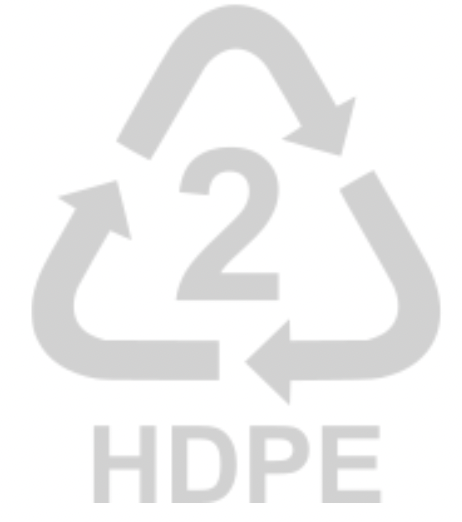
Recycled hIPS
High-Impact PolyStyrene
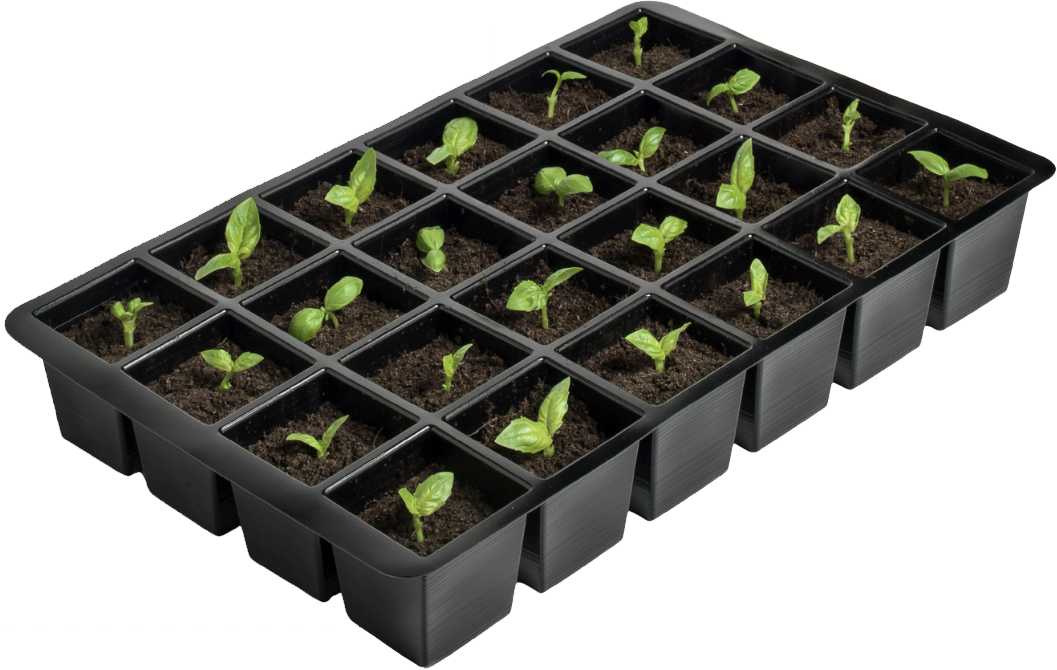
Summary
Recycled HIPS provides a reliable alternative to virgin HIPS while maintaining its essential mechanical properties. With a typical recycled content of 50-100%, this material offers a balance of impact strength, rigidity, and thermal stability, making it ideal for many applications.
Recycled HIPS retains tensile strength and good chemical resistance. Compared to virgin HIPS, the recycled variant significantly reduces carbon emissions and energy consumption during production while offering a more sustainable end of life solution, as it remains fully recyclable within polystyrene recovery streams.
By integrating recycled HIPS into your packaging designs, you can enhance material efficiency, optimize weight-to-strength ratios, and contribute to circular economy initiatives.
At a Glance
- Light, strong & durable
- Impact resistant
- High recyclability
- Less energy to produce
- Popular choice in packaging
Pla
Polylactic Acid
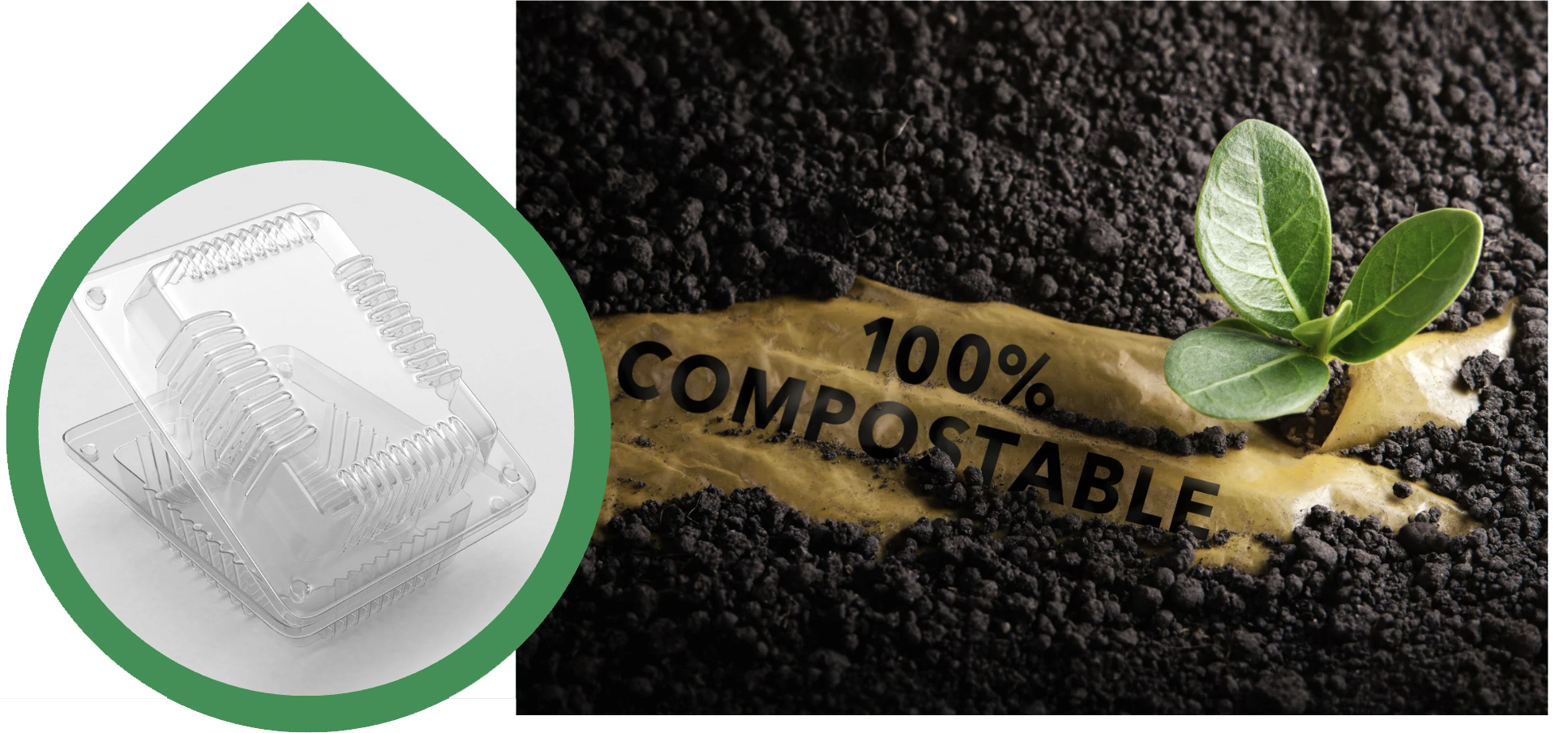
Summary
Polylactic Acid is a bio-based, industrial compostable polymer derived from renewable sources such as corn starch and sugar cane, offering an eco-friendly alternative to traditional petroleum-based plastics. With high tensile strength, excellent rigidity, and lightweight properties, PLA is an ideal choice for customers who want to take their sustainability goals to the next level.
PLA’s clarity and gloss rival that of PET. It offers compatibility with existing thermoform equipment, although design complexity may be more limited. Its low glass transition temperature make it more suitable for cold and room temperature applications.
At a Glance
- Renewable resource
- Industrially Compostable
- Crystal clarity
- Similar in look and feel to PET
- Not for hot applications
- Lower carbon emissions

bio-PET
Plant Based PET Blends
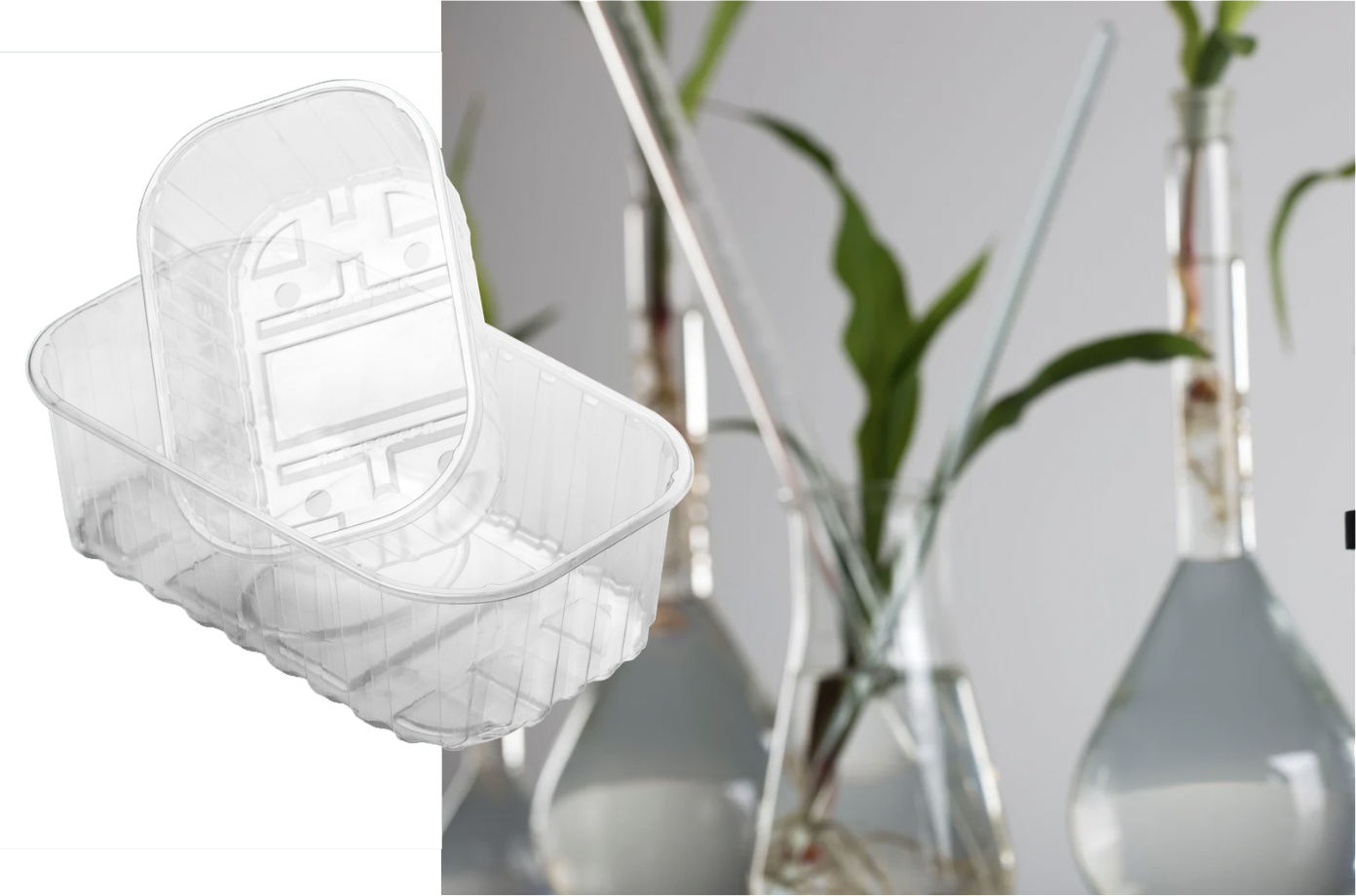
Summary
Bio-blended PET is an innovative alternative to conventional PET that reduces reliance on fossil fuels while maintaining identical performance characteristics. Bio-PET is chemically identical to PET but is partially derived from renewable plant-based sources such as sugar cane ethanol, reducing its environmental impact.
Bio-PET allows for efficient processing and recyclability within the existing #1 PET stream. Compared to petroleum-based PET, Bio-PET can reduce carbon emissions by up to 30%, making it a more sustainable choice.
As a drop-in replacement for PET, Bio-PET supports corporate sustainability goals by reducing dependency on finite fossil fuels. There are several blended options, ranging from 20-30% bio-based & pre consumer rPET blends.
At a Glance
- Blended with renewable materials
- Curbside #1 PET recyclable
- Crystal clarity
- Reduces carbon emissions
- Drop-in replacement for virgin or rPET
